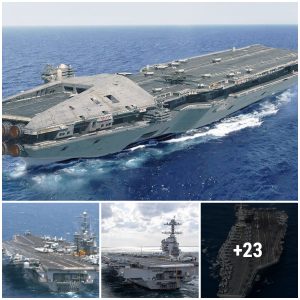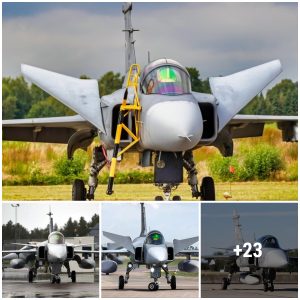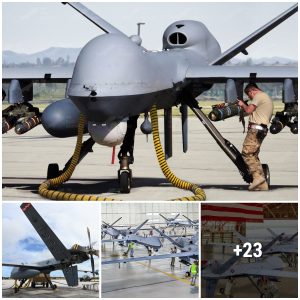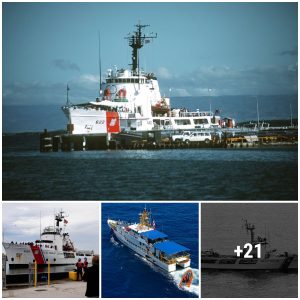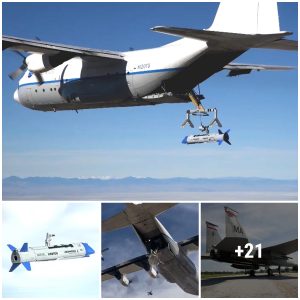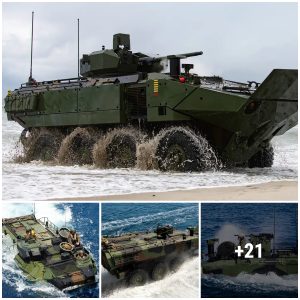The UAVs executed all commands given by Block III F/A-18 Super Hornet pilots during tests over a two-week period.
Boeing and the US Navy have completed a series of manned-unmanned teaming (MUM-T) flight tests in which a Block III F/A-18 Super Hornet successfully demonstrated command and control of three unmanned aerial vehicles (UAVs).

Boeing system engineers connected Block III’s adjunct processor, known as the Distributed Targeting Processor – Networked (DTP-N), with a third-party tablet to team with the UAVs. Boeing developed new software loads for the DTP-N specific to running the third-party tablet and transmitting commands. The software development, tablet connection to the fighter and all flight tests were completed in less than six months.

“Block III Super Hornet is executing on its guarantee of hardware – installed today – that is ready to receive the software of the future,” said Ben LeGrand, Boeing director of Mission Systems, in a company news release. “Block III Super Hornet will integrate third-party systems and software with minimal modifications.”

Boeing partnered with the F/A-18 & EA-18G Program Office (PMA-265), Air Test and Evaluation Squadrons (VX) 23 and 31, Naval Air ധąɾƒąɾҽ Center-weᴀponѕ Division at China Lake, Calif., and a third-party vendor on the demonstration. During the test flights, F/A-18 pilots entered commands into the tablet, which were processed and transmitted through Block III’s hardware. The UAVs executed all commands given by F/A-18 pilots during tests over a two-week period.

“This successful MUM-T demonstration represents a significant step toward the Navy’s vision for Distributed Maritime Operations. It highlights the potential of unmanned concepts to expand and extend the Navy’s reach,” said Scott Dickson, Boeing’s director for Multi-Domain Integration. “As part of a Joint All-Domain Command and Control network, teams of UAV conducting ISR missions led by the latest Super Hornets equipped with network-enabled data fusion and advanced capabilities would provide warfighters across the Joint Force with significant information advantage.”

“The Navy conducts exercises of this nature with industry partners to evaluate current and future capabilities,” said Dr. Michael Yu, PMA-265 science and technology, and experimentation/demo lead, in a NAVAIR news release. “The comprehensive analysis of data captured during these events further informs development and refinement of technologies that could potentially be incorporated into Navy platforms.”

Yu said MUM-T could allow the Navy to extend the reach of its aircrew, while keeping them farther away from enemy fire. This capability could also enable pilots to delegate tasks or incorporate UAVs into missions such as patrolling airspace, fueling aircraft or serving as a communication relay node. “MUM-T has the potential to transform tomorrow’s fleet into a more lethal, better-connected force,” said Denney. “MUM-T will help us maintain the technological advantage and competitive edge against our adversaries.”

The F/A-18E/F Super Hornet serves as the backbone of carrier-based aviation power projection. With the largest digital touch screen in any fighter cockpit, the F/A-18 is an industry leader in the development and installation of the hardware and processing power needed for future digital capabilities and growth. The adjunct processor running the demonstration adds significant processing power to the F/A-18’s mission processing suite.

“Future fighter pilots will be the quarterback of the skies, orchestrating commands and controlling UAVs from the integrated Block III touch-screen cockpit,” said Mark Sears, Boeing vice president and program manager of F/A-18, EA-18G programs. “Block III Super Hornet is the bridge to the future and is a risk reducer for the Navy that is delivering on teaming, networking and interoperability now.”
